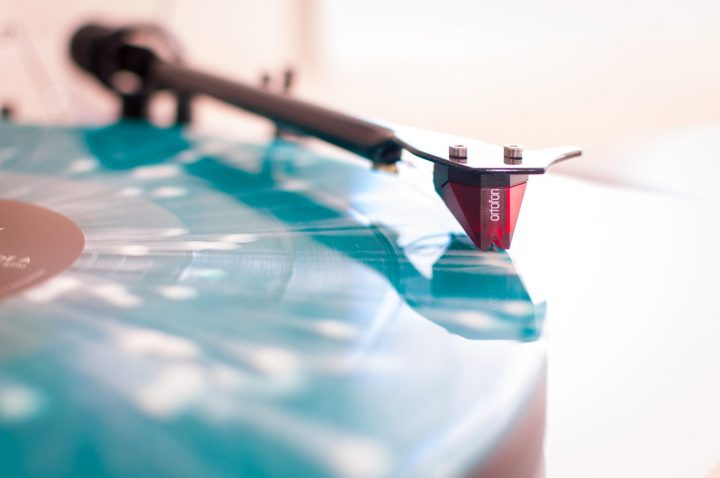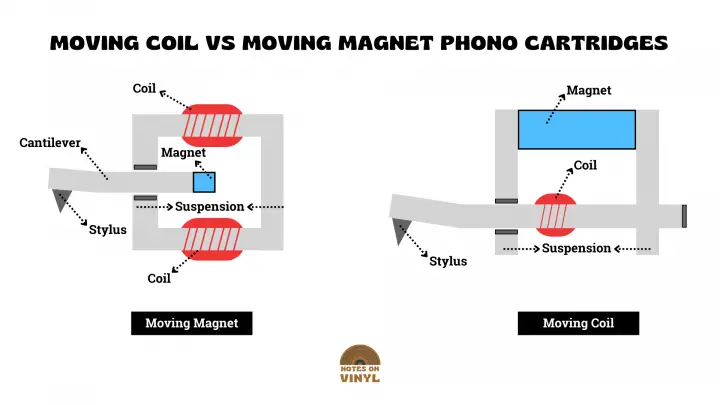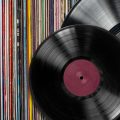Are you looking, once and for all, to get to the bottom of what is the difference between cartridge vs stylus? Have you wracked your brains, unable to formulate an adequate enough answer? Are you longing for the definite answer that will elucidate all?
Then you have found yourself in the right place, for today we will be helping you to understand what a stylus is, what a cartridge is, and why they are so often lumped into the same category in discussions of this variety.
Table of Contents
- What Is a Stylus?
- What Is the Cartridge?
- How to Know Which to Buy and When
- Final Tones
- FAQs Cartridge vs Stylus

What Is a Stylus?
In attempting to elucidate the difference between a cartridge vs stylus, we could do no better than simply to tell which each is and why there might be some confusion between the two.
The stylus tip is the only part of the turntable that makes direct contact with the record itself. For obvious reasons, it is more colloquially referred to as a ‘needle’, and it does not look totally dissimilar from one in all fairness.
The turntable stylus is, then, an incredibly vital component and arguably one of the most important parts of a turntable. The beautiful thing about turntables, though, is that they have been around for such a long time and thus have gone through so many different phases that only the most essential and enduring components have remained.
The best turntables have also honed their ability to change shapes, so to speak. You will be able to tell a decent turntable from a lesser turntable from how replaceable each of the components is. A turntable worth its salt will ensure that each part is able to be swapped in the event of a malfunction, including that of a replacement stylus, rendering it a turntable to keep for a long time.
Replacement styli are an overwhelming area of the market to delve into, though you can scarcely go wrong with anything by Audio Technica. One of the most important things to consider when purchasing a new stylus is the stylus shape, as this can have a bearing on the sound response and audio experience.
What Is the Cartridge?
The turntable cartridge, then, is that to which the stylus or needle is connected. The entire cartridge acts as a conduit for the vibrations that the stylus is picking up at ground level before sending them forth through the tonearm to the stereo system and then to the speakers and then into your earholes.
Turntable cartridges, as with just the stylus, come in several varieties, the two most popular often being pitted against one another as the moving coil vs moving magnet phono cartridge debate. The difference between moving magnet cartridges and moving coil cartridges lies in the way they are constructed to act as a conduit for the electrical signal that they are fed.
The moving coil within this eponymous cartridge is a small electromagnetic generator with the inner magnet and coils reversed, with the coils attached to the cantilever and moving within the field of a permanent magnet, with small coils dealt from very thin wire.
Inversely, the moving magnet cartridge has a magnet that is positioned between two sets of fixed coils, wherein the magnet and the coil(s) together form what is essentially a small electromagnetic generator. The magnet vibrates in response to the stylus and needle tracing through the grooves of the record, which in turn induces a current into the coils.

Whatever the weather, a new turntable will come with a new cartridge. A Crosley cartridge and the subsequent record player stylus will need to be replaced immediately, lest the user does serious damage to their record collection.
A worn stylus really is a matter of life or death in some instances (for the records in your collection at least). Though it is not only the stylus that is going to be responsible for the overall sound quality – the cartridge has a fair amount to do with this – the stylus will be the part that, in coming into contact with the record, can actually do any real damage.
How to Know Which to Buy and When
A serious and anal audiophile will tend to keep track of the number of minutes that a turntable’s stylus and different cartridges have been used for, like some obsessively authoritative parent who tracks each mile driven on their car when lent to their offspring in relation to where they said they were going to take it.
However, you can just as easily keep track of the progress of the cartridge by using your ears – hopefully, you will intuitively be able to tell when turntable cartridge replacement is necessary. You might even simply want to invest in a different type of stylus – you might, for example, be using a conical stylus and want to change over to an elliptical stylus and vice versa.
When you do come to choosing which stylus to use, it is often a far easier affair to simply change the cartridge along with it, granted it is not a decidedly older and more vintage model.
Low to mid-range turntables, though not as well endowed with replaceable parts as their counterparts from years gone by, still tend to allow the replacement of the cartridge unit.
And if you want to remove the cartridge and then replace the stylus upon it, by all means, go ahead, though it would always be useful to have a backup around just in case, lest you have to go however long without listening to those sweet records before the replacement arrives in the post.
Worse yet, you might even have to go outside to your local record store or audio equipment outlet and talk to the owner about which parts you need.
Final Tones
So, there you have it!
Hopefully, this small study between cartridge vs stylus and what precisely differentiates them has been of use to you.
Though it can sometimes be useful to situate individual components in binaries of this kind, we ought not to leave them in such compromising positions. At the end of the day, all of these individual parts have to work together in order to bring your favorite recordings to life.
FAQs Cartridge vs Stylus
Can you replace a stylus without a cartridge?
Indeed you can, though it is a decidedly involved process that will require at least a fairly keen electrical and mechanical sense. For this reason, novice enthusiasts for record collecting simply tend to either replace the entire cartridge in one fell swoop – something rendered incredibly convenient with a turntable of the past few decades – or at the very least hand over the responsibilities to a licensed professional, an audio technician from one’s local audio and hardware store, or simply an electrician willing to give it a go. The former option is, of course, far easier, though it is understandable that you would not want to let a particularly solid cartridge go to waste.
Can you put any stylus on a cartridge?
I would not imagine so. Certainly, trends in turntable manufacture over the past few decades at least have meant that the adaptability of modern iterations of the turntable can accept more and more universal and homogenized components, regardless of manufacturer or their initial intention. However, anyone looking to pair a stylus with a cartridge that was not explicitly told to do so would do best to at least attempt to find the results of a pairing of that nature online, for you can find just about anything on there these days.
What is the cartridge on a record player?
The cartridge is part of the record that occupies a spot at the end of the tonearm. On the end of the cartridge is the stylus, which comes into contact with the disc while spinning and transmits the vibrational data imbibed within the grooves to the cartridge which then translates these signals down the tonearm, which then sends these forth through the preamp (either inbuilt or externally moded), which then sends the resulting signals to the amplifier itself, which then sends these final signals out through the speakers and into the earholes of whoever is present.





